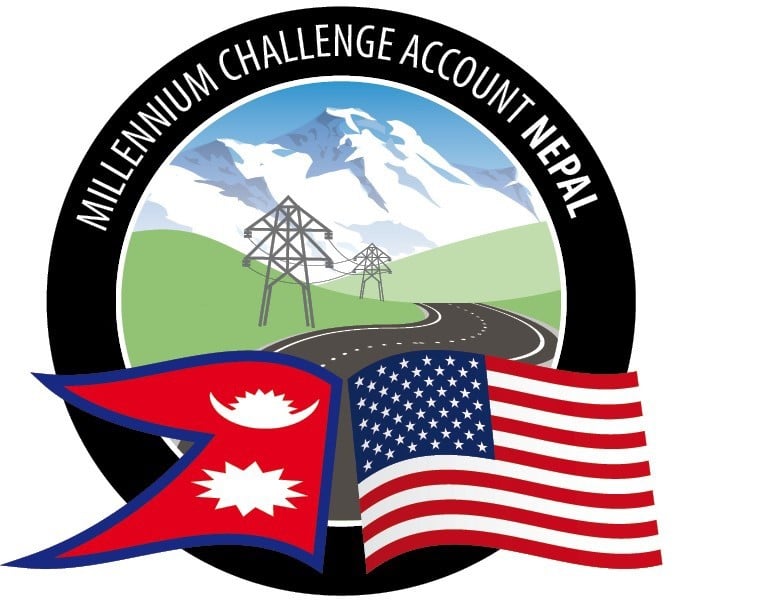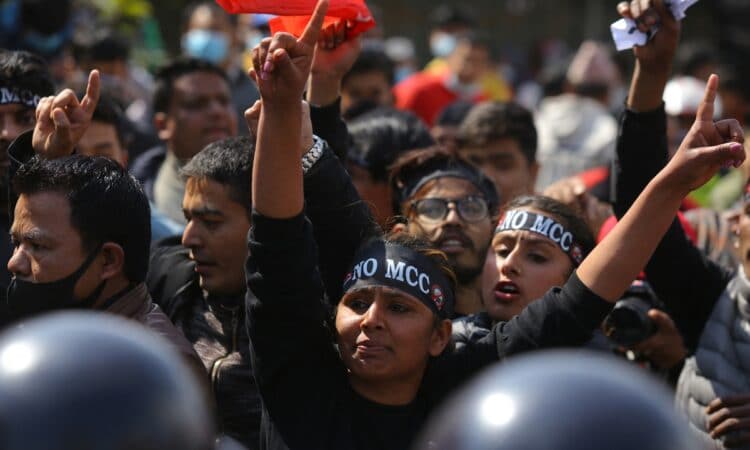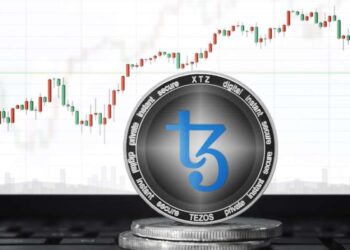What happened during the protests?
Hundreds of protesters gathered outside Kathmandu‘s Parliament building to voice their opposition to the US grant. Demonstrators attempted to break through barricades and pelted riot police with stones at several points. Officers beat them with bamboo batons and used tear gas and water cannons on them. On both sides, several people were injured.
What does the Millennium Challenge Corporation (MCC) stand for?
The Millennium Challenge Corporation (MCC) was established by the United States Congress in 2004 to provide large grants to low-income countries in order to support economic growth. Nepal is heavily reliant on foreign aid, and the MCC agreed to provide the country with $500 million in grants in 2017 to fund a 300-kilometre (187-mile) electricity transmission line and a road improvement project.

The grant was described as “a gift from the American people and a partnership between our nations that will bring jobs and infrastructure to Nepal and improve the lives of Nepalis,” by the US Embassy in Nepal. “This project was requested by the Nepali government and the Nepali people and is intended to reduce poverty and grow the economy in a transparent manner,” a U.S. Embassy statement issued late on February 19 said.
Why is the grant so divisive?
Ratification has been stalled due to schisms within political parties, including two Communist parties that are traditionally close to China and are part of the coalition government. They claim that the grant agreement’s terms will take precedence over Nepalese law and that lawmakers will have insufficient oversight of the board directing the infrastructure projects. Opponents argue that the aid is part of Washington’s Indo-Pacific strategy, which includes military components that could send American troops to the Himalayan nation. According to Nepalese government officials, the grant will not have to be repaid and will not be subject to any conditions.
What exactly is the grant?
In 2017, the Millennium Challenge Corporation (MCC), a U.S. government aid agency, agreed to provide a $500 million grant to Nepal to fund a 300-kilometre electricity transmission line and road improvement project.
The grant is part of an international agreement and will be governed by international law principles. The project will receive an additional $130 million from Nepal.

The Millennium Challenge Account Nepal Development Board (MCA-Nepal), the government’s primary oversight agency, will manage the grant-funded projects.
The chairman and board members are appointed by the Nepali government, which must ensure that its decisions are not altered, supplemented, influenced, or rescinded.
Where will the grants be used?
The funds will be used to maintain road quality throughout the Himalayan nation, as well as to build a high-voltage electricity transmission line to improve the availability and reliability of power to domestic consumers and to facilitate power trade with neighbouring India.
The transmission line is expected to stimulate investment in the use of to generate up to 40,000 megawatts of clean energy.
According to the Nepali government and the United States, the grant has no strings attached and will not be repaid or interest-bearing.
Why is there an opposition?
The opposition is primarily led by Nepal’s communist parties, some of which have formed a coalition with the ruling centrist Nepali Congress. They have long desired closer relations with China.
They claim that the agreement will undermine Nepal’s laws and sovereignty and that the country will not have adequate oversight of the board overseeing the MCC-funded projects.
Critics say the grant is part of Washington’s Indo-Pacific strategy and may have a military purpose.
Thousands of stone-throwing protesters, primarily from the youth wings of communist parties, have clashed with riot police, who have fired tear gas and used water cannons and batons to prevent them from marching on parliament in the last week.
Also Checkout: New India Literacy Programme: Explained
















